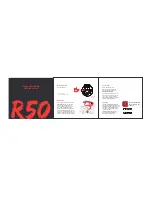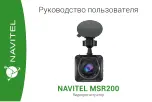
■
Type, extent and position of each observed defect.
■
Results of any supplementary measurements and investigations.
■
Reports should be indexed and archived by thermographers.
16.3.8.7.1
Considerations and limitations
The choice between internal and external surveys will depend on:
■
Access to the surface. Buildings where both the internal and the external surfaces
are obscured, e.g., by false ceilings racking or materials stacked against walls may
not be amenable to this type of survey.
■
Location of the thermal insulation. Surveys are usually more effective from the side
nearest to the thermal insulation.
■
Location of heavyweight materials. Surveys are usually less effective from the side
nearest to the heavyweight material.
■
The purpose of the survey. If the survey aims to show risk of condensation and
mould growth it should be internal.
■
Location of glass, bare metal or other materials that may be highly reflective. Surveys
are usually less effective on highly reflective surfaces.
■
A defect will usually produce a smaller temperature difference on the outside of a
wall exposed to external air movement. However, missing or defective insulation
near the external surface can often be more readily indentified externally.
Publ. No. T559382 Rev. a358 – ENGLISH (EN) – June 23, 2009
93
16 – Introduction to building thermography
Summary of Contents for Extech i5
Page 2: ......
Page 3: ...User s manual Publ No T559382 Rev a358 ENGLISH EN June 23 2009 ...
Page 6: ...vi Publ No T559382 Rev a358 ENGLISH EN June 23 2009 ...
Page 179: ......














































